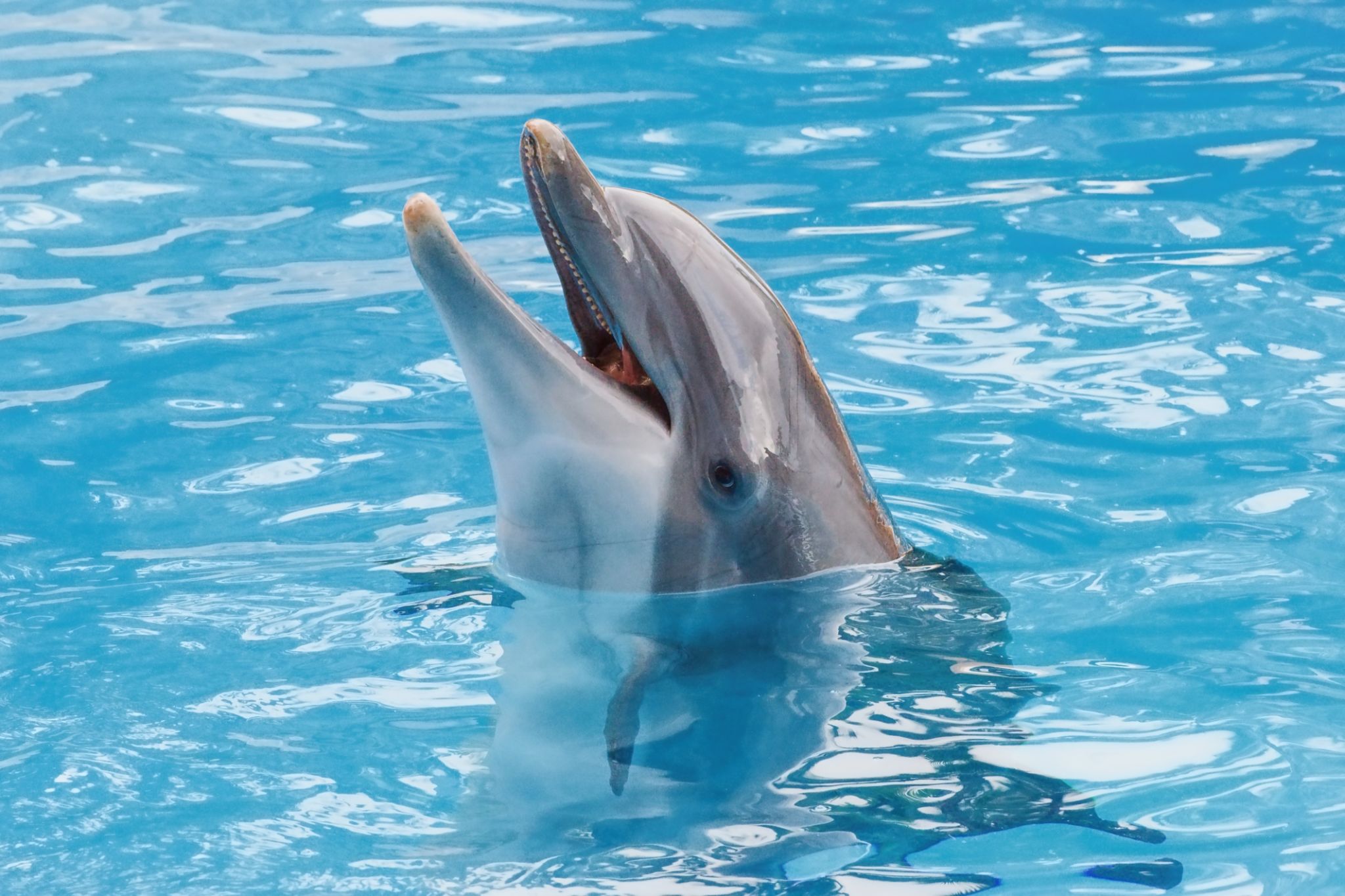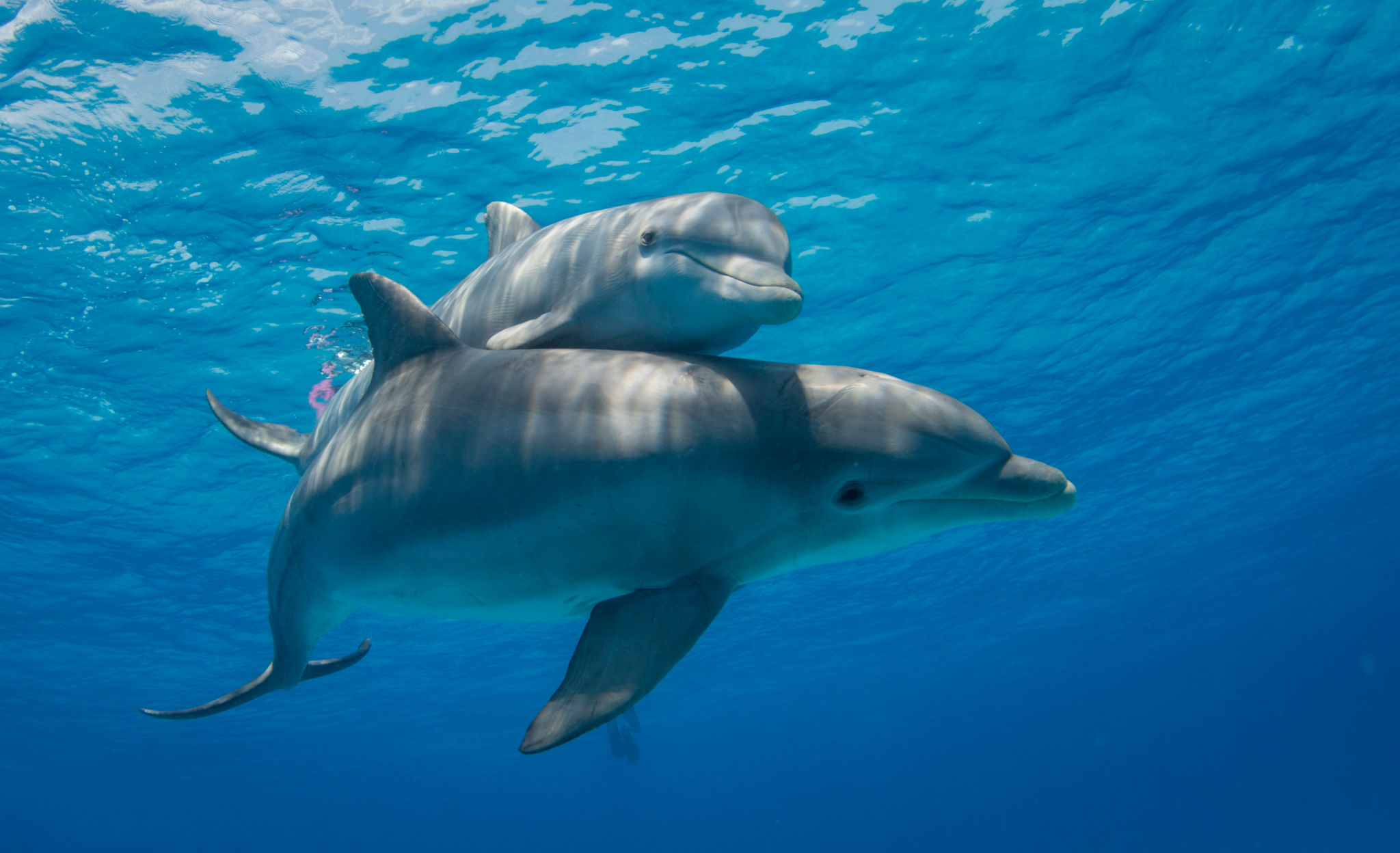Myths About Swimming with Dolphins: What’s True and What’s Not?
Understanding Dolphin Behavior
Swimming with dolphins is a popular activity for many ocean enthusiasts, but there are several myths surrounding this experience that need to be addressed. One common misconception is that dolphins are always friendly and eager to interact with humans. While dolphins are known for their intelligence and playful nature, it's important to understand that they are wild animals with their own behaviors and social structures.
It's crucial to recognize that dolphins may not always be in the mood to interact. Just like humans, they have personal space and can become agitated if approached too aggressively. Observing their body language and respecting their boundaries can lead to a more enjoyable and ethical experience for both you and the dolphins.

The Reality of Dolphin Intelligence
Another myth suggests that dolphins are just as intelligent as humans. While it's true that dolphins are highly intelligent creatures, comparing their intelligence directly to humans can be misleading. Dolphins have their own unique cognitive abilities, which include problem-solving skills, social intelligence, and communication capabilities.
However, equating dolphin intelligence with human intelligence oversimplifies the complexities of both species. Dolphins have evolved to thrive in their ocean environments, and their intelligence should be appreciated in its own right.

Human-Dolphin Interaction: What You Need to Know
The notion that swimming with dolphins is always a harmless activity is another myth that needs clarification. While the experience can be enjoyable, it is essential for participants to follow guidelines to ensure the safety and well-being of the dolphins. This includes not trying to ride or grab onto them, as such actions can cause stress and harm.
Responsible tour operators will emphasize the importance of maintaining a respectful distance and educate participants on how to interact with dolphins ethically. By choosing operators who prioritize dolphin welfare, you can help support conservation efforts and ensure these experiences remain sustainable.

Dolphins in Captivity vs. Wild Dolphins
A significant myth is that swimming with captive dolphins is the same as interacting with wild ones. In reality, there are stark differences between the two experiences. Captive dolphins often face stress due to limited space and unnatural living conditions, whereas wild dolphins can engage in natural behaviors in their expansive ocean habitats.
When choosing to swim with dolphins, it's important to consider the ethical implications of supporting captive environments versus seeking opportunities to observe and interact with wild dolphins in their natural settings.

Conclusion: Making Informed Choices
Dispelling myths about swimming with dolphins allows us to make informed decisions about how we interact with these fascinating creatures. By understanding dolphin behavior, respecting their intelligence, and choosing ethical interaction opportunities, we can enjoy memorable experiences that prioritize the well-being of these incredible animals.
Ultimately, fostering a greater appreciation for dolphins and supporting conservation efforts can help ensure that future generations have the opportunity to experience the wonder of swimming with these majestic creatures.